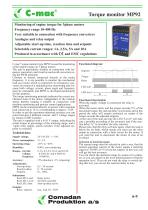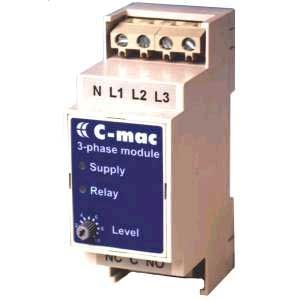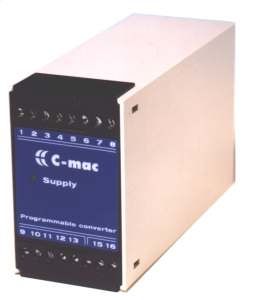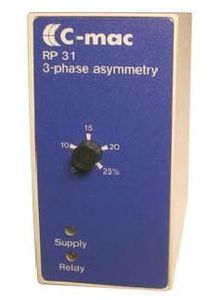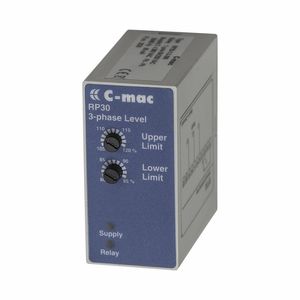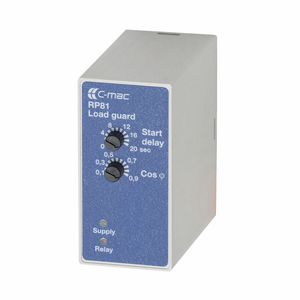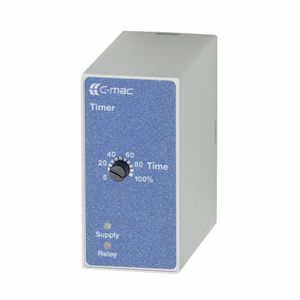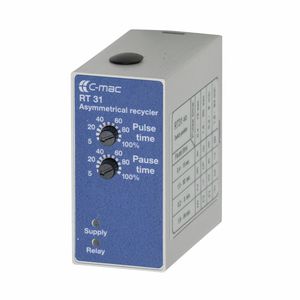
Voltage monitoring relay MP92three-phasefor electric motorspanel-mount

Add to favorites
Compare this product
Characteristics
- Measured/monitored value
- voltage
- Network
- three-phase
- Applications
- for electric motors
- Mounting
- panel-mount
Description
Monitoring of engine torque for 3phase motors
Frequency range 10-400 Hz
Very suitable in connection with frequency converters
Analogue and relay output
Adjustable start-up time, reaction time and setpoint
Selectable current ranges: 1A, 2,5A, 5A and 10A
Produced in accordance with CE and EMC regulations
C-mac torque monitor type MP92 is used for monitoring of the engine torque on 3-phase motors.
The unit is particularly suitable in connection with frequency converters, and it can be used on all converters using the PWM principle.
Contrary to motors connected directly to the mains frequency, it is not possible to monitor the mechanical load on a motor which is connected via a frequency converter, by means of a standard power monitoring unit, because both voltage, current, phase angle and frequency must be calculated, and MP92 is developed particularly for this purpose.
The torque monitoring principle indicates the correct mechanical load of the motor, independant of the rotation speed, thereby making it suitable in connection with machine monitoring and process control applications.
MP92 can be connected directly to motors with a nominal load current up to 10 A, corresponding to approx. 5 kW.
In order to get the maximum metering accuracy you can select between 4 different current- and 2 voltage ranges by means of DIP-switches.
The unit is supplied with a 0-10 V output, indicating the actual torque in percentage of the metering range, and a 1-pole relay output, which switches if the adjusted setpoint is exceeded.
Catalogs
MP92, torque monitor
2 Pages
Related Searches
- Monitoring relay
- Time relay
- DIN rail monitoring relay
- DIN rail mounted time relay
- Control relay
- Voltage monitoring relay
- Multi-function timer
- AC/DC monitoring relay
- Electronic time relay
- Adjustable monitoring relay
- Three-phase monitoring relay
- Phase monitoring relay
- Galvanic isolator
- Current monitoring relay
- Time delay time relay
- AC monitoring relay
- SPDT monitoring relay
- Adjustable time relay
- Time delay monitoring relay
- Panel-mount timer
*Prices are pre-tax. They exclude delivery charges and customs duties and do not include additional charges for installation or activation options. Prices are indicative only and may vary by country, with changes to the cost of raw materials and exchange rates.


